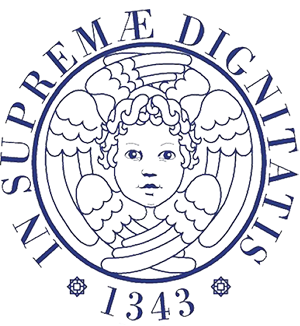Percutaneous lithotripsy (PCNL) consists in the fragmentation of the kidney stone through direct access to the renal cavities. PCNL is performed in general anesthesia, requiring the preliminary placement of a urethral catheter with a balloon capable of occluding the excretory path at the level of the pieloureteral joint. A percutaneous nephrostomic means is created through which the nephroscope is introduced.
The latter allows the direct visualization of the kidney stone and the insertion into the intrarenal excretory path of particular probes that allow the crushing of the stone. After completing the lithotripsy phase, the lithiasis fragments are removed through the nephroscope with special pliers. At the end of the surgery, a nephrostomy is placed, i.e. a drainage tube and a bladder catheter that are generally removed after 48 hours.
Sometimes it is not technically possible to completely remove the whole stone; in these cases, a second PCNL must be repeated or, depending on the size of the residual fragments, an extracorporeal lithotripsy treatment.
The main complications of the surgery are bleeding and urinary infections. Because of bleeding, blood transfusion may be needed.In the presence of a massive perianal hematoma or of an otherwise uncontrollable hemorrhage, it is necessary to use a vessel embolization intervention that is performed by the introduction of small vascular probes under radiological guidance; exceptionally, it is necessary to resort to open surgery.
Other rare complications are injuries to the organs adjacent to the kidney, such as the intestine, liver, spleen and pleura. Other lesions described will require an open surgery repair in the high percentage of cases.

